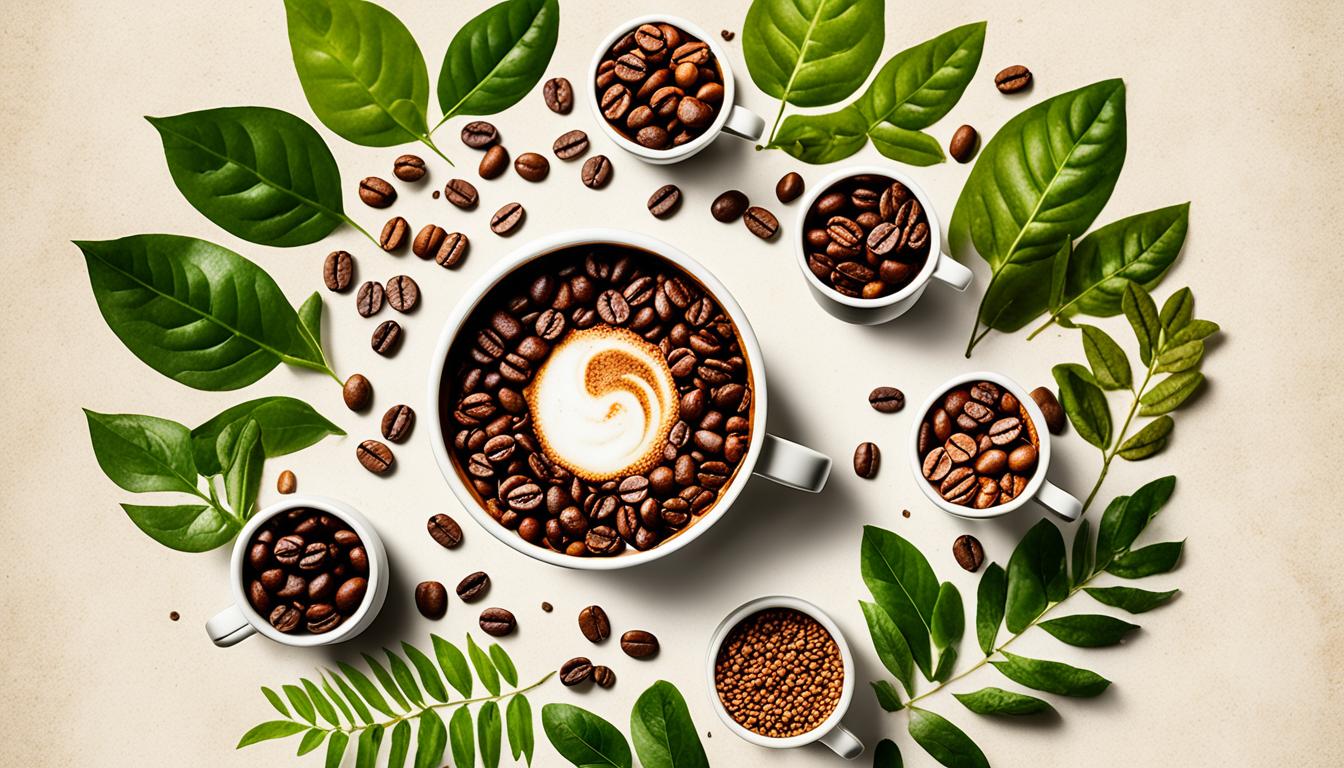In New York, ‘coffee’ is pronounced as ‘caw-fee,’ emphasizing the ‘ah’ sound like ‘caw-fee.’ New Yorkers soften the ‘r,’ creating ‘caw-fee.’ The quick, clipped pronunciation drops the final ‘r,’ reflecting the city’s culture. Stress on the first syllable, not the second, adds rhythm and energy. Exploring these variations reveals the vibrant New York accent’s uniqueness, hinting at more to discover.
Key Takeaways
- Emphasize the 'ah' sound in 'caw-fee' for a true New York accent.
- Soften the 'r' sound, pronouncing it as 'caw-fee' in the New York dialect.
- Clip the pronunciation with a quick 'caw' for an authentic NYC style.
- Stress the first syllable, making 'caw-fee' lively and energetic.
- Lengthen the 'ah' sound in 'caw' to capture the essence of New York speech.
Car' Instead of 'Coffee
When in New York, remember to pronounce 'coffee' as 'car' to fit in with the local accent.
The distinctive Noo Yawk tawker is characterized by unique linguistic features, particularly the pronunciation of certain words. One notable aspect is the replacement of the 'o' sound with the 'ar' sound, commonly heard in words like 'car' or 'bar.' This specific pronunciation quirk is prevalent among native New Yorkers and is a defining trait of the eastern seaboard accent.
Mastering the art of saying 'coffee' as 'car' can help individuals looking to adopt the New York accent for various purposes, such as actors preparing for roles or language learners aiming to grasp regional dialects.
Remember, embracing the 'ar' sound in place of the traditional 'o' can greatly enhance your ability to blend in and communicate effectively within the vibrant tapestry of New York City's linguistic landscape.
Emphasis on the 'Ah' Sound

To master the New York accent, emphasize the distinct 'ah' sound when pronouncing words like 'coffee' or 'cough.'
New Yorkers have a unique way of pronouncing these words, often turning 'coffee' into 'caw-fee' and 'cough' into 'caw.' The emphasis on the 'ah' sound is a defining feature of the New York accent, setting it apart from other accents across the United States.
Getting the 'ah' sound right is essential if you want to sound like a true New Yorker.
When New Yorkers say 'coffee,' their pronunciation of the 'ah' sound is particularly noticeable. By focusing on this vowel sound and elongating it slightly, they create a distinct sound that characterizes the New York accent.
Paying attention to this specific aspect of pronunciation can help individuals mimic the New York accent more accurately. So, if you're looking to perfect your New York accent, start by honing in on the 'ah' sound in words like 'coffee' and 'cough.'
Softening the 'R'

Emphasizing the 'ah' sound in words like 'coffee' is a distinctive feature of the New York accent, and another notable characteristic is the softening of the 'r' sound. New Yorkers often pronounce words like 'coffee' with a softened 'r,' making it sound more like 'caw-fee' or 'caw-fee.'
This unique pronunciation quirk is deeply embedded in the New York City dialect and serves as a distinct marker of the accent.
The softening of the 'r' sound in words like 'coffee' isn't a random occurrence but rather a result of historical influences on the development of the New York accent. Understanding and practicing this soft 'r' pronunciation is essential for those looking to master the nuances of the New York accent.
Quick and Clipped Pronunciation

The quick and clipped pronunciation of 'coffee' by New Yorkers is a distinctive feature of the city's accent. When New Yorkers say 'coffee,' it often sounds like 'caw-fee,' with a noticeable emphasis on the 'ah' sound. This unique pronunciation is characterized by a swift and shortened first syllable, reflecting the fast-paced nature of New York City life.
One key aspect of this pronunciation is the tendency of New Yorkers to drop the final 'r' in words like 'coffee,' contributing to the clipped sound. By mastering this quick and clipped way of saying 'coffee,' you can better blend in and sound more authentically New York.
Embracing this aspect of the New York accent can be a fun way to connect with the city's vibrant culture and linguistic quirks. So, the next time you order a cup of 'caw-fee' in the Big Apple, remember to embrace the quick and clipped pronunciation that sets New Yorkers apart.
Unique Stress on the First Syllable

New Yorkers' distinctive way of pronouncing 'coffee' includes placing unique stress on the first syllable, creating a sharp and clipped sound that reflects the city's fast-paced energy. This emphasis on the initial syllable results in a distinct pronunciation, differentiating it from other accents.
By giving prominence to the first syllable, New Yorkers infuse a sense of rhythm and cadence into their speech, contributing to the overall dynamic and expressive quality of the New York accent. The strong stress on the first syllable of 'coffee' not only sets it apart but also adds to the fast-paced and energetic nature of the New York way of speaking.
This unique pronunciation showcases the city's vibrant and lively character, reflecting the hustle and bustle of daily life in the Big Apple. So, next time you hear a New Yorker say 'coffee' with that sharp emphasis on the first syllable, remember that it's all part of the distinctive linguistic tapestry that makes up the New York accent.
Frequently Asked Questions
How Does a New Yorker Say Coffee?
When a New Yorker says 'coffee,' they often pronounce it with an 'ah' sound, making it sound like 'caw-fee' or 'caw-fee.'
This unique pronunciation may include a subtle 'R' sound, contributing to the distinct New York accent.
New Yorkers tend to elongate the 'ah' sound in 'coffee,' showcasing their classic accent.
Understanding how New Yorkers say 'coffee' provides insight into the nuances of their accent and dialect.
What Words Do New Yorkers Pronounce Differently?
New Yorkers pronounce several words uniquely due to their distinct accent. Common examples include 'water' pronounced as 'waw-ter,' 'dog' as 'dawg,' and 'chocolate' as 'chaw-klit.'
This accent often involves dropping the 'R' in words like 'car' becoming 'cah' and 'four' sounding like 'faw.'
Understanding these pronunciation differences can help you appreciate the rich linguistic diversity found in New York City.
Who Pronounces Coffee as Cawfee?
When referring to who pronounces 'coffee' as 'cawfee,' it's primarily native New Yorkers, especially those with a distinct local accent.
This pronunciation is a hallmark of the traditional New York dialect, characterized by softened vowels and dropped consonants.
The unique linguistic charm of New Yorkers can be observed through their pronunciation of 'cawfee,' showcasing the city's rich cultural tapestry through its diverse spoken language patterns.
How Do People in New Jersey Say Coffee?
In New Jersey, people typically say 'coffee' with a similar accent to New Yorkers, often pronouncing it as 'cawfee.' This pronunciation reflects the historical ties and linguistic influence shared between the two regions.
Additionally, New Jersey residents may drop the final 'r' in words like 'coffee,' aligning with the speech patterns commonly found in New York City. These similarities in pronunciation are influenced by the geographic proximity and shared cultural background between New York and New Jersey.
What are the Different Ways New Yorkers Pronounce Coffee?
When it comes to coffee, new yorkers say coffee in a variety of ways. Some pronounce it as “caw-fee” with a distinct New York accent, while others say it as “caw-fee” with a more subtle pronunciation. There are even those who simply call it “caw-f.” The diversity in pronunciation reflects the city’s rich melting pot of cultures and dialects.
Conclusion
To sum up, it's important to note the various ways in which New Yorkers pronounce 'coffee' to avoid any confusion or misinterpretation.
Understanding these nuances can lead to clearer communication and a better appreciation of the diversity in language.
By recognizing the different pronunciations, one can navigate the bustling streets of New York City with confidence and respect for the local dialects.









